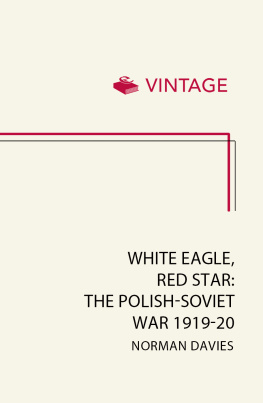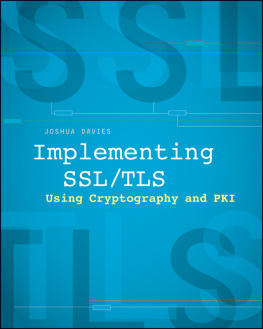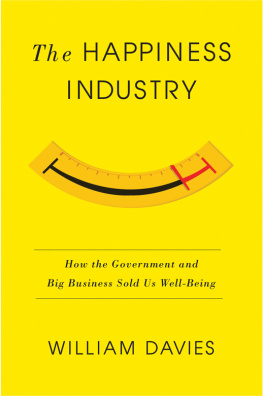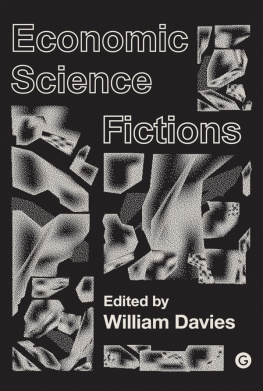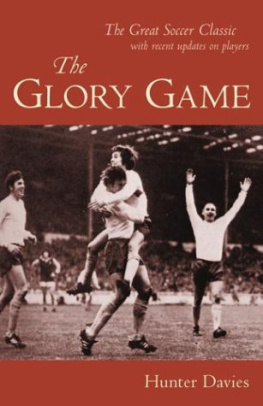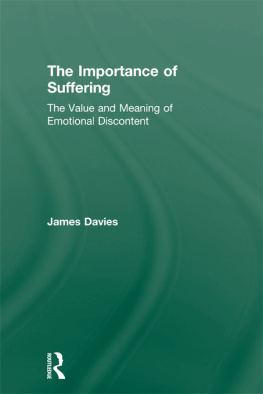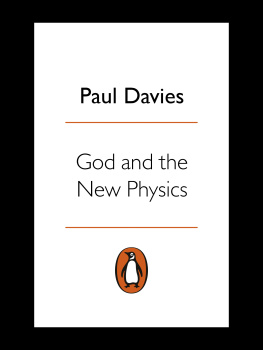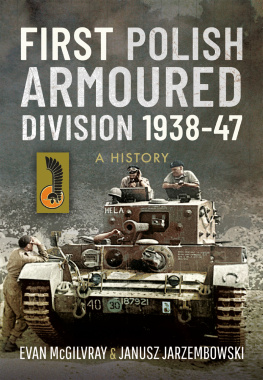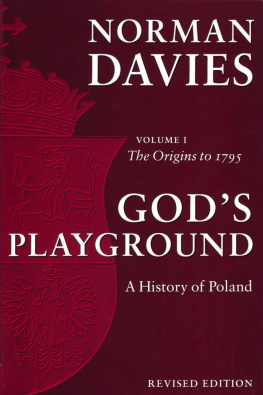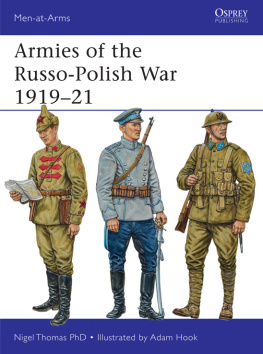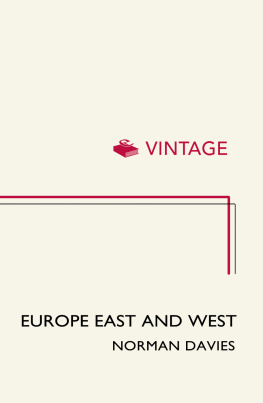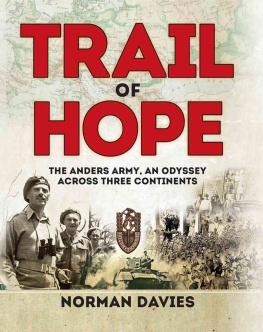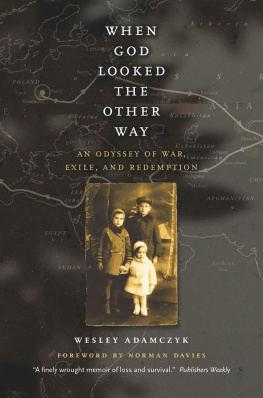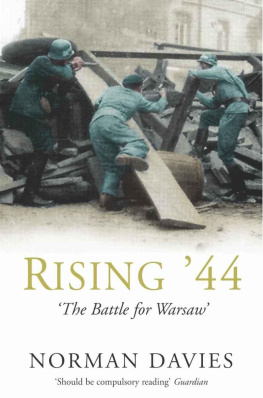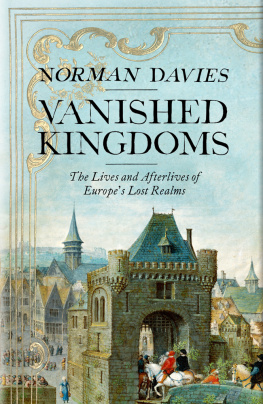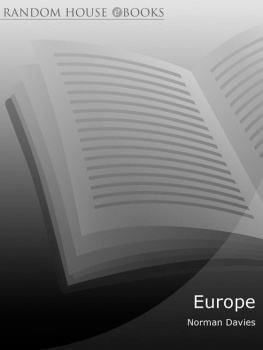
WHITE EAGLE, RED STAR
The Polish-Soviet War 191920
and the miracle on the Vistula
NO RMAN DAV IES
This eBook is copyright material and must not be copied, reproduced, transferred, distributed, leased, licensed or publicly performed or used in any way except as specifically permitted in writing by the publishers, as allowed under the terms and conditions under which it was purchased or as strictly permitted by applicable copyright law. Any unauthorised distribution or use of this text may be a direct infringement of the authors and publishers rights and those responsible may be liable in law accordingly.
Version 1.0
Epub ISBN 9781446466865
Vintage Digital, an imprint of Vintage Publishing
20 Vauxhall Bridge Road,
London SW1V 2SA
Vintage Digital is part of the Penguin Random House group of companies whose
addresses can be found at global.penguinrandomhouse.com
Copyright Norman Davies 1972
Norman Davies has asserted his right to be identified as the author of this Work in accordance with the Copyright, Designs and Patents Act 1988
First published in Great Britain in 1972 by Macdonald & Co
Reprinted 1983 by Orbis Books
Published by Pimlico 2003
www.vintage-books.co.uk
A CIP catalogue record for this book is available from the British Library
CONTENTS
To my
FATHER-IN-LAW
Whom Fate cast into the midst
of this absurdity, and, who,
Thank God, survived.
About the Book
Surprisingly little known, the Polish-Soviet War of 1919-20 was to change the course of twentieth-century history.
In White Eagle, Red Star, Norman Davies gives a full account of the War, with its dramatic climax in August 1920 when the Red Army sure of victory and pledged to carry the Revolution across Europe to water our horses on the Rhine was crushed by a devastating Polish attack. Since known as the miracle on the Vistula, it remains one of the most decisive battles of the Western world.
Drawing on both Polish and Russian sources, Norman Davies illustrates the narrative with documentary material which hitherto has not been readily available and shows how the War was far more an episode in East European affairs, but largely determined the course of European history for the next twenty years or more.
About the Author
Norman Davies C.M.G., F.B.A. is Professor Emeritus of the University of London, and Supernumerary Fellow of Wolfson College, Oxford. He speaks Russian and Polish and is the author of several books on Polish and European history, including Gods Playground, Europe and Microcosm. He wrote White Eagle, Red Star when he was Alistair Horne Research Fellow at St. Antonys College, Oxford.
LIST OF MAPS
ILLUSTRATIONS
For permission to reproduce illustrations the author and the publishers wish to thank the following: akg-images ().
Every effort has been made to trace and contact copyright holders. The publishers will be pleased to correct any mistakes or omissions in future editions.
FOREWORD
This is a very remarkable book. Its subject, though of great importance and interest, has hitherto been neglected or, where studied, misunderstood. The PolishSoviet War was not the final episode in the wars of intervention. It was an independent enterprise on the Polish side, and the Entente Powers, far from aiding Poland, regarded her activities with irritation. Poland won her independence for twenty years by her own efforts under the leadership of Pisudski.
The war was nevertheless far more than an episode in East European affairs. It largely determined the course of European history for the next twenty years or more. After the treaty of Riga, Soviet Russia retreated behind the cordon sanitaire. Unavowedly and almost unconsciously, the Soviet leaders abandoned the cause of international revolution. Socialism in one country and the Stalinist dictatorship which accompanied it were implicit in the outcome of the PolishSoviet war. Soviet Russia was forced on the path of intensive industrialisation which was to make her in time the second greatest industrial Power in the world.
The outcome was equally fateful for Poland. Placed as she was between Germany and Soviet Russia, it seemed that she must choose friendship with one of them. Victory over Soviet Russia led the leaders of Poland to believe that they need choose neither. For twenty years they stood proudly alone, convinced that they could maintain their independence against both their mighty neighbours. In 1939 the Poles were still confident that they could defeat Germany without Soviet aid, just as they had defeated Soviet Russia without the aid of either Germany or the Entente. Their confidence brought disaster for Poland. What is more, the conquest of Poland opened the way for Germany into Russia. Hitler was lured into a war which brought destruction for both himself and Germany. Ironically, the Soviet defeat before Warsaw in 1920 ultimately led the Soviet armies to Berlin and Vienna in 1945.
The subject is not regarded with favour now in either Poland or Soviet Russia. This is not surprising. Present day Poland does not wish to revive hopeless memories of her past independence. Soviet Russia does not wish to dwell on past failures. The success of an English scholar is all the more remarkable. Norman Davies has mastered the abundant Polish sources and has not been thwarted by the relative scarcity of Soviet sources. He understands the principal charactersPisudski, Lenin and even Lloyd George. Military and political history are skilfully combined. It is rare to be able to commend a book without reserve. I do so now. Norman Daviess book is a permanent contribution to historical knowledge and international understanding.
A. J. P. T AYLOR
INTRODUCTION
A history of the Polish-Soviet War of 191920 needs no apology. An episode which embraced the first advance of the Red Army into Europe and the first attempt to export Red Revolution by force, which revealed a major political miscalculation by Lenin and the rumblings of Stalins feud with Trotsky, obviously provides ample scope for scholarly controversy. The dramatis personae reads like the index to a dictionary of 20th-century political biography. The personalities intimately involved, apart from the Bolshevik pantheon, include Pisudski and Budyonny, Tukhachevsky and Voroshilov, Sikorski and Winston Churchill, Weygand and de Gaulle, Lloyd George, Pius XI, and Feliks Dzieryski. It is not difficult to see the irony of a drama uniting these particular players.
It may seem strange that the Polish-Soviet War has never been the subject of a major historical study. English historians have largely ignored it. Soviet historians skip over it, dismissing it as a fragment of the Civil War and the Intervention. Polish historians of the inter-war generation, whilst realizing the significance of the events of 191921, were still too close for a balanced appreciation. Post-war conditions in Eastern Europe have not encouraged scholarly advance in this field. The reticence of Soviet commentators and the bitterness of Polish
Next page
